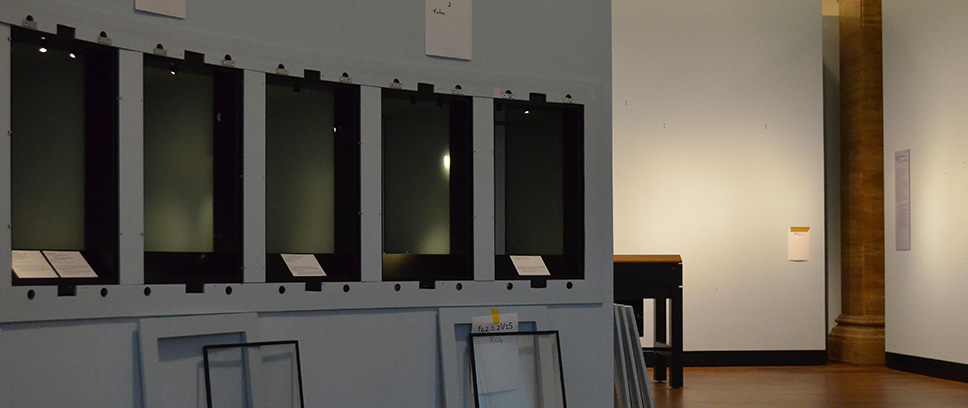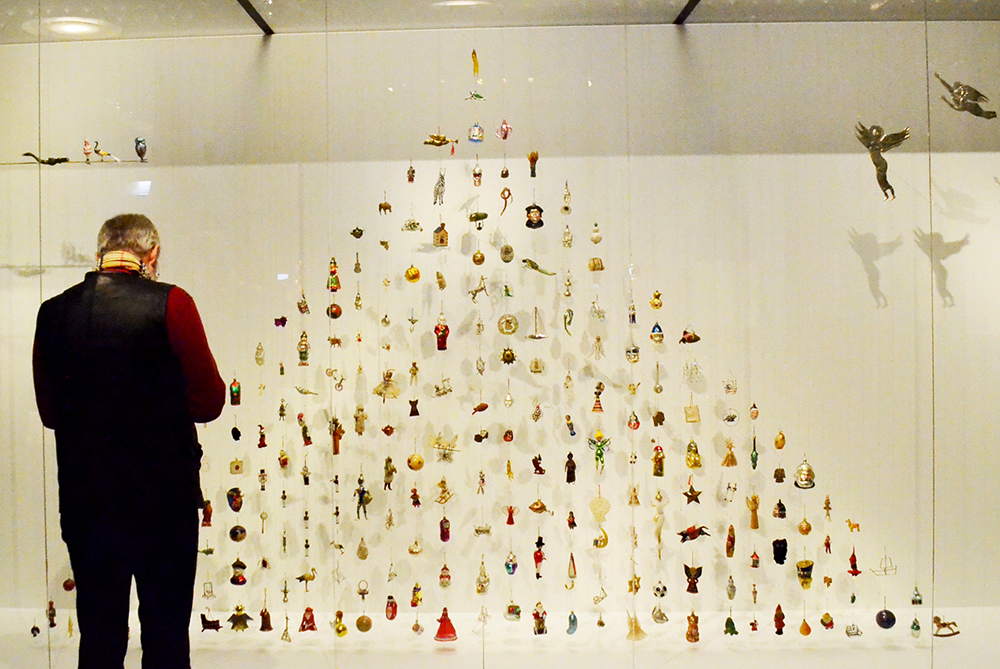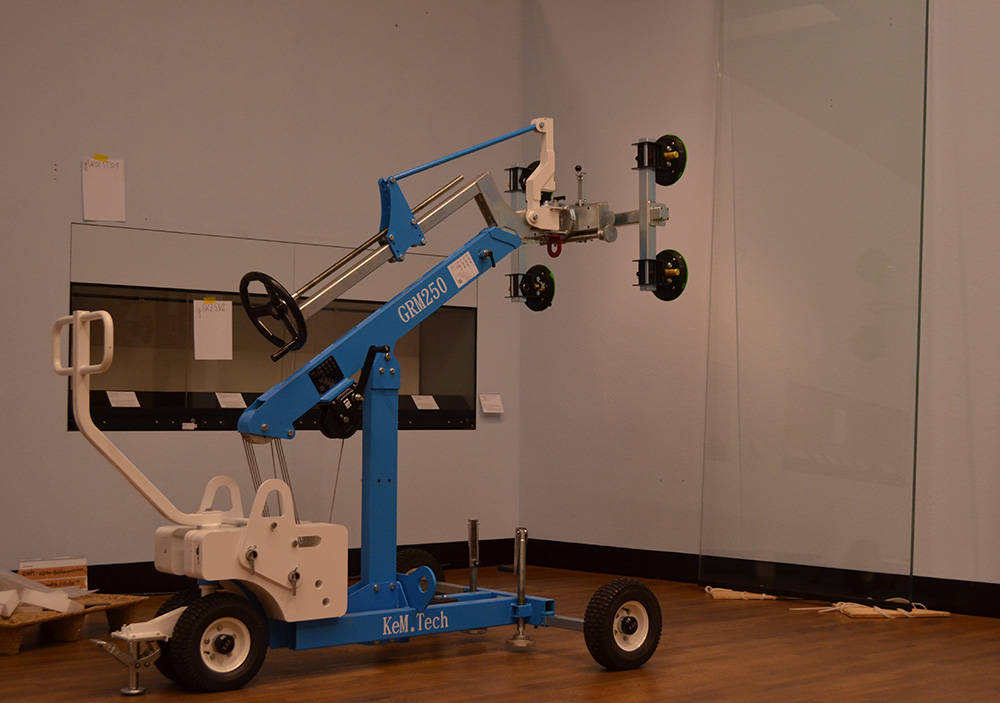
5 Questions for: Katrin Kunze
5 February 2022
The Zeughaus, the Deutsches Historisches Museum’s main building, is currently closed for renovation and the permanent exhibition “German History from the Middle Ages to the Fall of the Berlin Wall” is being carefully dismantled and put into storage. At the same time, the DHM is busy working on plans for a new Permanent Exhibition – a major project affecting all departments across the museum. In our interview series „5 Questions for…“, we give museum curators and staff the chance to talk about their personal memories of the last permanent exhibition and what they are working on now. Katrin Kunze, exhibition craftswoman at Deutsches Historisches Museum, answered our five questions as well.
Ms. Kunze, the permanent exhibition shut in late June 2021. Was there a particular object or section in it that occupies a special place in your memory as one of the technical crew?
Katrin Kunze: There are lots of things that pop into my head. On the one hand, what left an impression on me were the realistic or lifelike recreated environments, like the one in the Biedermeier display. Other things that stick out in my memory are stand-alone projects like the presentation of objects from the Silver Chamber of the Luxembourg dynasty in 2012. We emptied four display cases to make way for that presentation. We commissioned an external upholsterer especially for the task and they made the different tiers using a covering of dark blue velvet. The precious silver objects were presented on this fabric. We worked together with staff from Luxembourg in polishing the silver and we only sealed the display cases once we were sure there wasn’t a speck of dust or lint on the velvet.
Then there’s the curatorial intervention “Angel, Swastika, Dome of the Rock”, which I thought was a great piece of work. I remember it well. The artist Ulrich Vogl and the set designer Evi Wiedemann made an installation in the form of a Christmas tree out of all different kinds of Christmas tree decorations from the 19th and 20th century. I was involved in implementing such projects, as display cases had to be removed or moved around to make space for them.

Were you involved in setting up the permanent exhibition in time for the opening in 2006? Was there anything from that time that left a lasting impression on you? Or in all the years that the last collection display was up, would you say there was a section that was redesigned in a way you found impressive?
The permanent display contained many books, each opened at a particular page. This required that we use special book stands and book supports, dubbed “Dützer cradles”. On the upper floor, these were mainly covered with silk. I first had to make a prototype to see what the silk covering would look like with a book. Me and two other colleagues finally covered around 400 cradles in all. Michaela Brand, conservator of manuscripts and books at the museum, kept us busy with fresh supplies of bare cradles. These “Dützer cradles” have to be adjusted specifically to fit each book, you see.
I myself was involved in the set-up only a few weeks before the opening and spent days mounting and checking object labels. Even on the day of the official opening, so practically just hours before the opening, we were still working on the finishing touches.
After the opening, there were numerous overhauls, not just to the content, but sometimes to the layout. The permanent exhibition was conceived in such a way that visitors would have to walk through all the rooms to get to the end. Over the years, a number of adjustments were made and entire walls and constructions were taken down, including a round platform that was built into the Goethe section and that included the American Declaration of Independence from the Fourth of July 1776. After this was torn down, visitors were finally able to get an unobstructed view of the gallery behind it. This freed up the space for visitors.
Likewise, there were many curatorial interventions that made an exciting change to the permanent exhibition – even if only temporarily. Getting them in place was always a lot of fun.
What was the biggest challenge for you when it came to taking down the last permanent exhibition?
The biggest challenge was opening all the display cases. You have to remember that the way to unlock them was usually from below, so it meant I had to spend a lot of time on my hands and knees. What’s more, many of the showcases in the permanent exhibition were actually just a sheet of glass without a door as such. We had to use suction cups to lift them out of place. A special case in point was the showcase on the ground floor, which featured an East German living room. The panes of glass in that instance weighed just under 400 kilograms each! Just thinking about it sends shivers down my spine.

Give us an idea of the scale of the exhibition: How many glass cabinets were there?
In the final set-up, there were about 650 cabinets – that was just for the permanent exhibition in the Zeughaus.
Is there anything you think we should bear in mind when planning the next permanent exhibition?
Speaking from experience, I’d say that we should aim for greater ease of handling of glass cases, so that they are easier to open and it’s easier to get to the objects inside, like when they need to be cleaned or replaced. It would also be a good idea to have a more flexible lighting system so we could improve the lighting of the exhibits as well as their gallery labels.